Focal length is how close you need to be to your subject to fill the frame. A simpler way to put it is how zoomed in you are. A smaller number means more zoomed out, a larger number more zoomed in. When it comes to lenses, there are a few categories of focal length.
Lens Categories
Now that we have perspective taken care of, we can talk about the different categories and uses of lenses.
Note: All focal lengths listed below are for full frame sensors. For more information on other sensor sizes, see here.
Ultrawide Angle Lenses (14-24mm)
Lenses in this range show more of the scene to your camera sensor. At the wider end the lens may cause what is called barrel distortion. The “fisheye” effect is extreme barrel distortion. This happens because the field of view of the lens is wider than the sensor, so the image is “squeezed” in. Some lenses have countermeasures to minimize this distortion. Post processing can also reduce this effect. These lenses are most often used for event, landscape, astrophotography, real estate, and architectural photography.
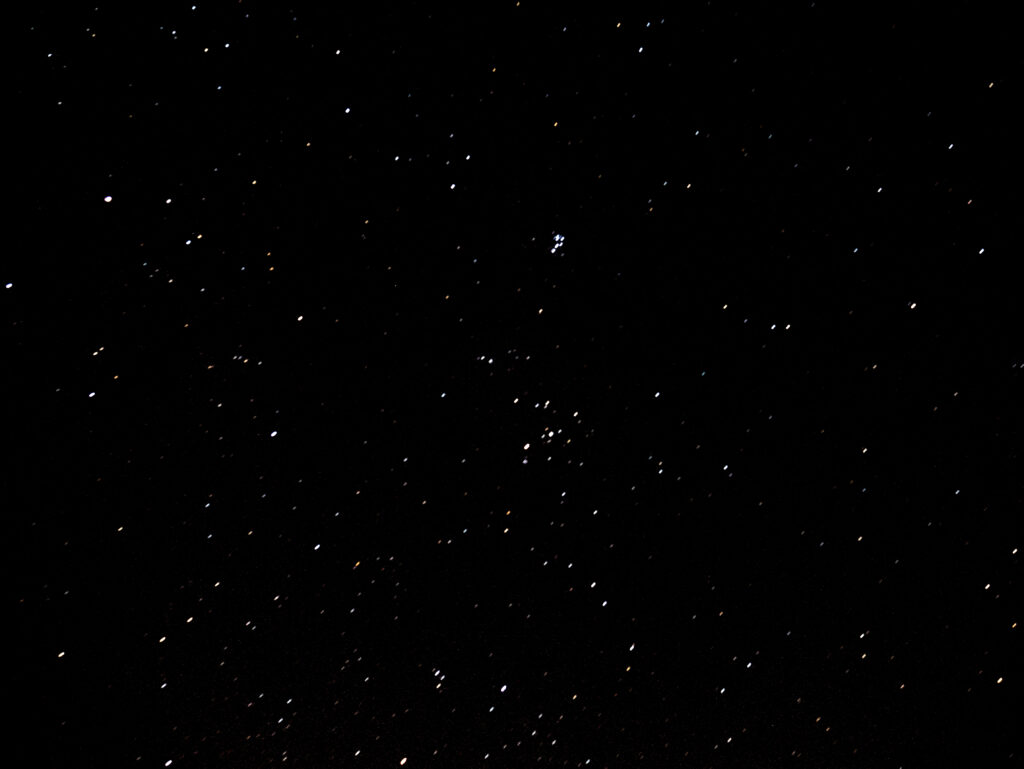
Wide Angle Lenses (24-35mm)
At around 24mm, the barrel distortion becomes mostly unnoticeable. In this lower focal range, higher apertures are possible. This means images can be in focus at all points. These lenses are often used in real estate, architectural, landscape, astrophotography, and photojournalism. These lenses are wide enough to offer context and have an undistorted look.
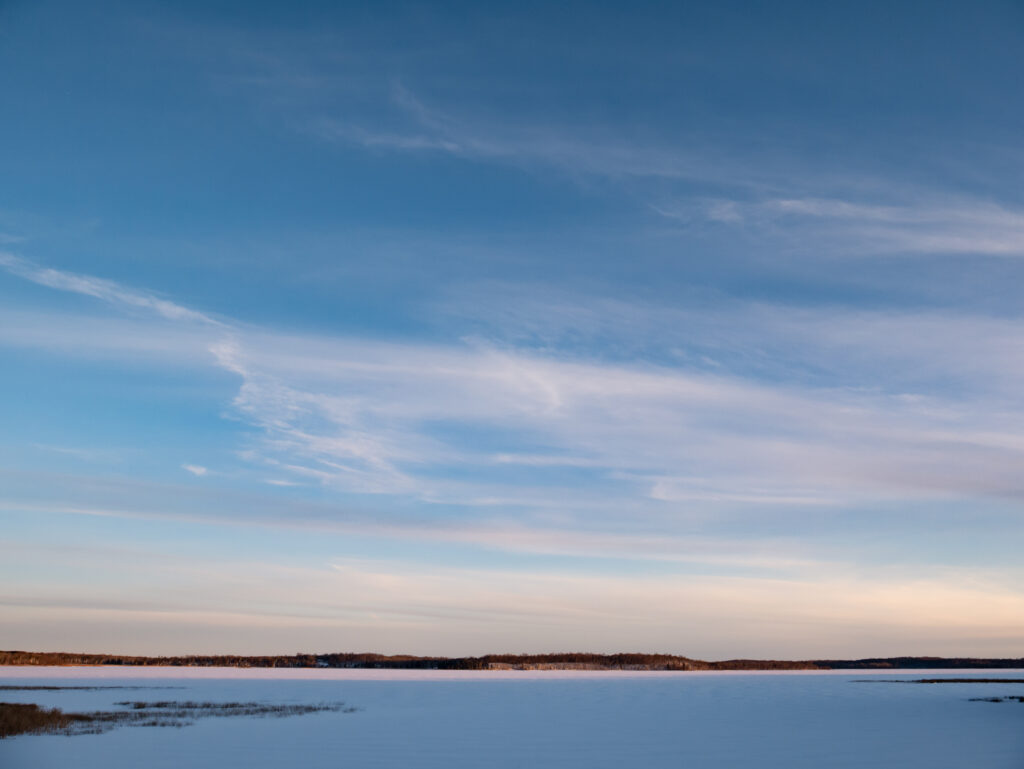
Standard Lenses (35mm-70mm)
When you get to this range of focal lengths, the lenses become very versatile.
Fun Fact: At around 50mm (often called the nifty fifty) the camera sees the world the same way you do minus peripheral vision.
This range is often used for portrait, lifestyle, weddings, and street photography.
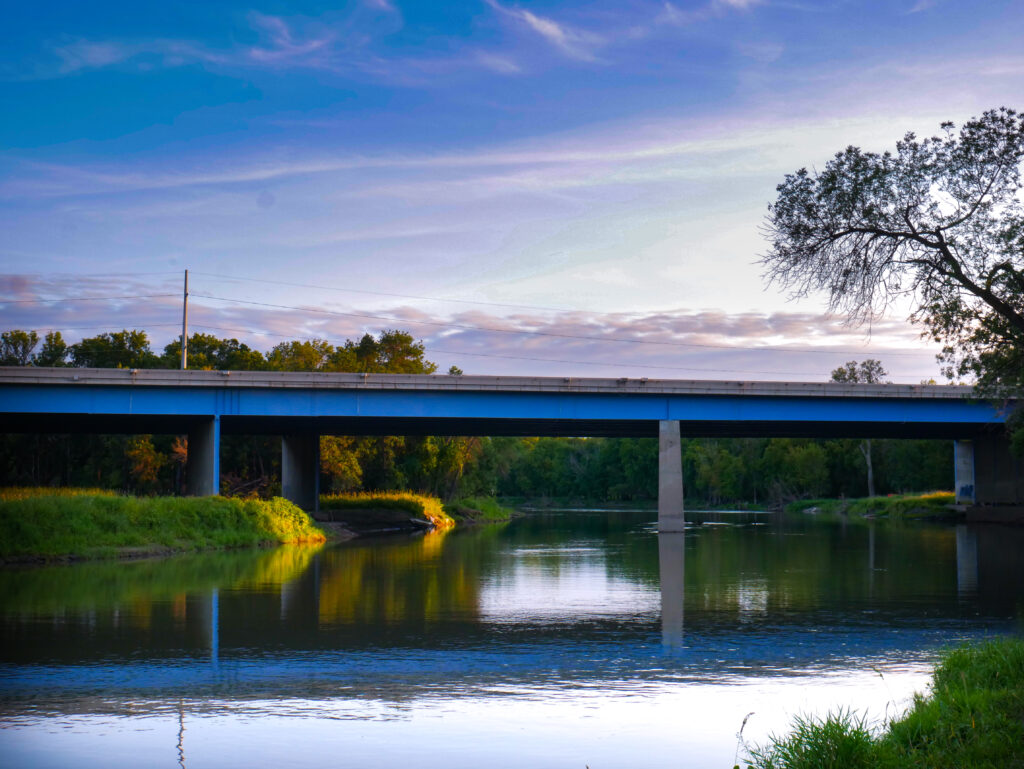
Moderate Telephoto Lenses (70-105mm)
At this range, the lens’s perspective starts to separate the subject from the background. Images taken with these lenses have depth while still being zoomed in. These lenses are often used for portrait, wedding, and nature photography.
Tip: 85mm lenses are particularly popular for portraits.

Telephoto Lenses (105mm and Up)
These lenses allow you to get right in the action from far away. At this focal length, perspective is flattened so the background will appear to be close to the subject (photos will look more 2D). These lenses are often used for portrait, sports, macro, wedding, nature photography.
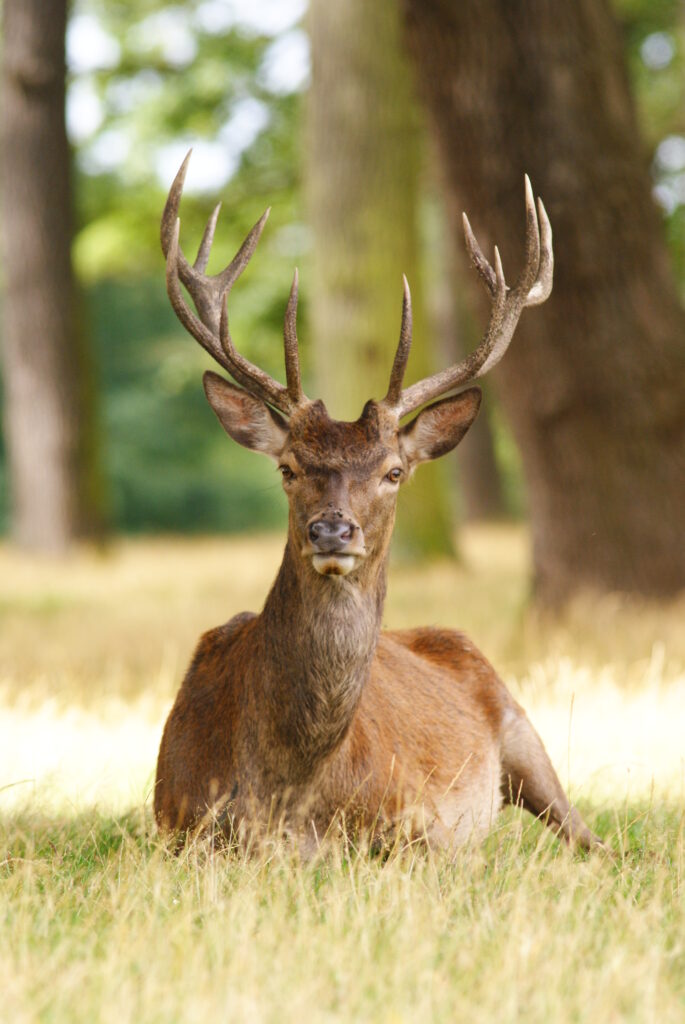
Photo by: Peter Trimming CC BY-SA 2.0
Zoom Lens
Variable focal length (zoom) lenses are the one size fits all of lenses. They work for many different types of photography. You don’t have to keep changing your lens, you just change the focal length to fit your needs. Your camera likely came with a zoom lens. Some common zoom lenses are 15-35mm, 24-70mm, 24-105mm, 70-200mm, and 70-300mm
Pros:
- Versatile (don’t need to switch lenses constantly)
- Fast (Great for getting the perfect focal length in fleeting moments)
- Only need one or two lenses
Cons:
- Zoom lenses (especially cheap ones) tend to not take sharp images at the extremes of their aperture
- Less aperture range (less control over depth of field)
- They are often heavier
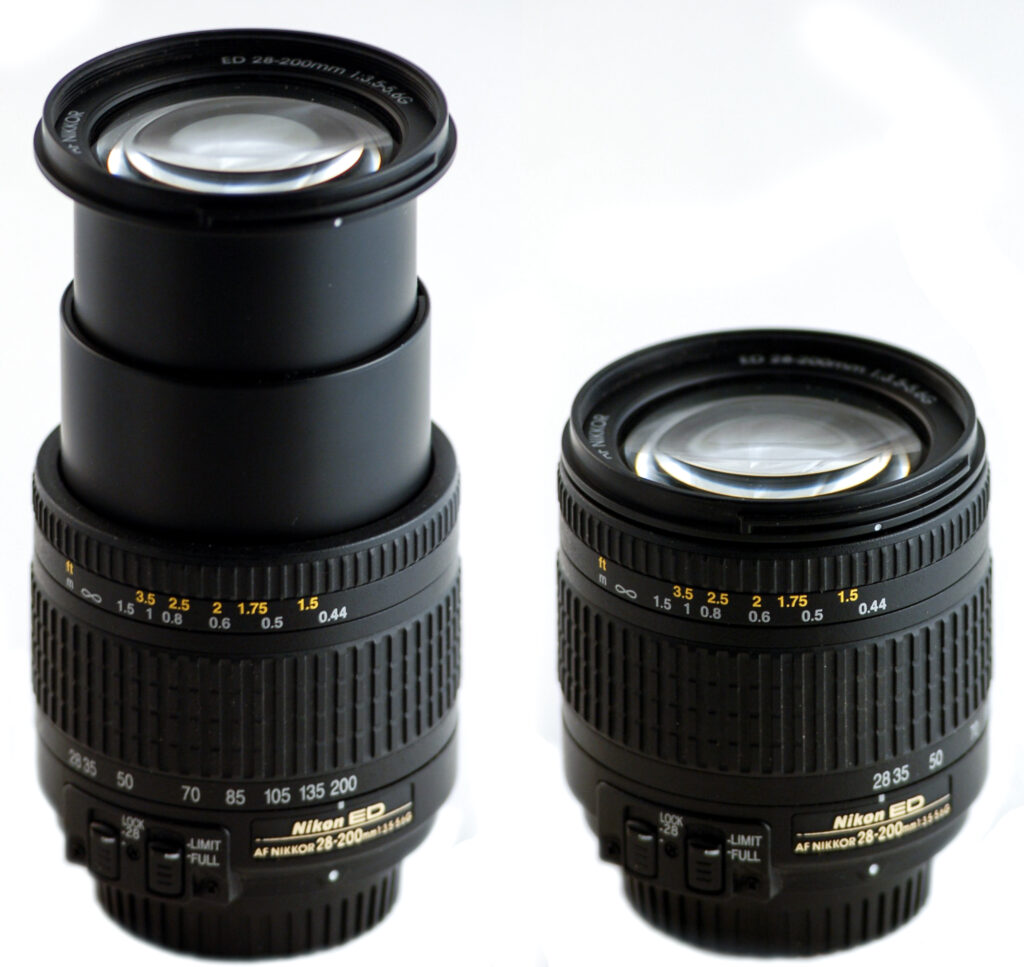
Photo by: Marc Lacoste CC BY-SA 2.5
Image edited for clarity.
Prime Lens
Fixed focal length (prime) lenses have only one focal length (no zooming in and out!). Some common prime lenses are 24mm, 35mm, 50mm, and 85mm.
Pros:
- They usually produce sharper images (for the price)
- More aperture range (more control over depth of field)
- Better in low light conditions
Cons:
- Not adaptive (need to constantly move or change lenses)
- Need multiple lenses
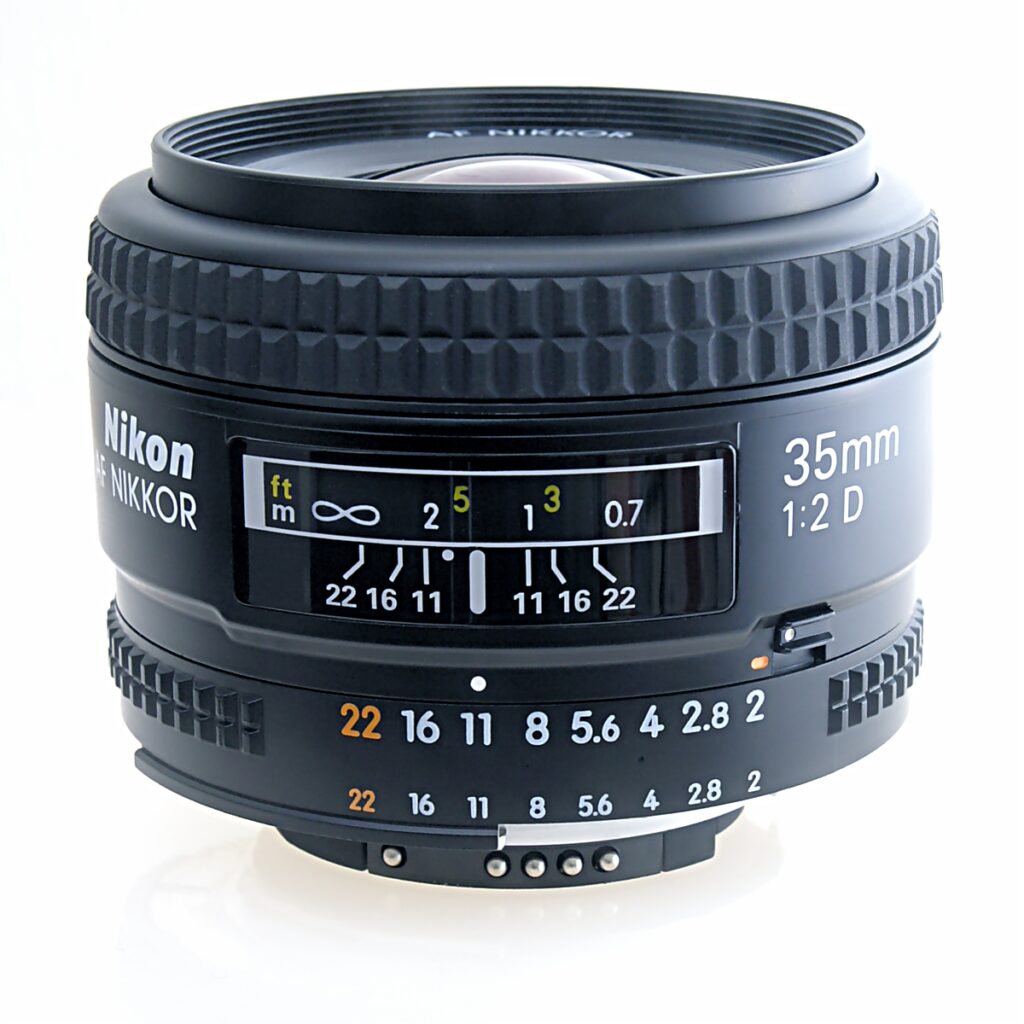
Should I Buy Prime or Zoom?
When it’s time to purchase a new lens, there is much to consider. It is more expensive to get a zoom lens that can compete in image sharpness with a prime lens. Zoom lenses give speed and versatility to shoots and provide ease of use. Prime lenses perform better in low light and allow a shallower depth of field. You can do more with a zoom lens, but if you know exactly what you want to photograph, a prime lens might be the way to go. Choosing between the two depends on what you value.
Kicking Your Kit Lens
You likely already have a zoom lens that came with your camera. If you’re ready for something better, which focal range should you buy it in? That depends. Kit lenses come in many different focal ranges. Just look at this list! That makes it hard to make a specific recommendation, but here are some important questions to ask yourself. Is your kit lens already all the focal range you want? Or do you want to extend your range? If you answered yes to the first question, replace your kit lens with a better lens in a similar range. If you want to extend your range, buy a very high focal length lens like a 70-300mm or a super low one like a 14-24mm. It really comes down to what you’re looking for.
Buying Your First Prime Lens
The most common prime lens is the 50mm f/1.8. It is often the first prime lens that people buy as it is easy to use, offers much more depth of field control than a zoom lens, is relatively cheap, and can be used in a wide variety of situations. It is a great lens for photographing moving subjects such as people because of the very wide aperture (f/1.8). Having a wide aperture allows more light to hit the camera sensor, which lets you have a faster shutter speed. A faster shutter speed gets those crisp, clean shots that everyone wants. A wide aperture also gives a much desired bokeh effect (clean transition from in-focus subject to a very out-of-focus background).
Features to Look For
Whether you’re buying a prime or zoom lens, you should keep in mind the following features.
Autofocus
Not all lenses come with autofocus, and not all lenses are equally good at it. You’ll want to look for speed, accuracy, and sound. Your camera has an autofocus speed. If you have a fast camera, you’ll want a lens that can focus just as fast. You’ll also want an accurate autofocus. It doesn’t matter how fast your lens is if it misses focus. The last thing to look for is sound. You don’t want a loud autofocus, especially if you intend on using the lens for video. Check out reviews to see what other people are saying about the speed, accuracy, and sound of whatever lens you’re thinking about buying.
Image Stabilization
Many mirrorless cameras have in-body image stabilization. This feature is less prominent in standard DSLRs. Getting a lens with image stabilization is important if your camera doesn’t already have it or you need extra stabilization. Why would you need image stabilization? When shooting at high focal lengths, image stabilization becomes necessary. Have you ever tried to keep binoculars from shaking? It’s difficult. The same thing happens with telephoto lenses. Without image stabilization, you’ll have blurry photos. Especially in lower light conditions where shutter speed is longer. Image stabilization is also necessary for any video work. No one wants shaky video. So, if you’re shooting at longer exposures, at high focal lengths, or taking any video, you’ll want image stabilization.
Aperture
When looking for a lens, don’t forget about aperture. It’s usually written right next to the focal length and just as important. You’ll likely see something like 50mm f/1.8 or 24-70mm f/4. A lower number means better low light capabilities and more depth of field allowing you to get that much desired bokeh. These things may not be important based on the type of photography you’re interested in, but always keep aperture in mind.
Sharpness
This one is really a matter of you get what you pay for. In general, the more you pay for a lens, the sharper it will be. There are of course, differences in sharpness at any given price point. Prime lenses are usually sharper than zoom lenses (for the same price). Check reviews to see if the lens you are looking at will satisfy your desire for sharpness.
Match Your Lens to Your Camera
When looking for a new lens, you need to find a lens that will be compatible with your camera. Places like Amazon have a compatibility checking tool, but others don’t. Here is a table of different brands of camera and their respective lens mount.
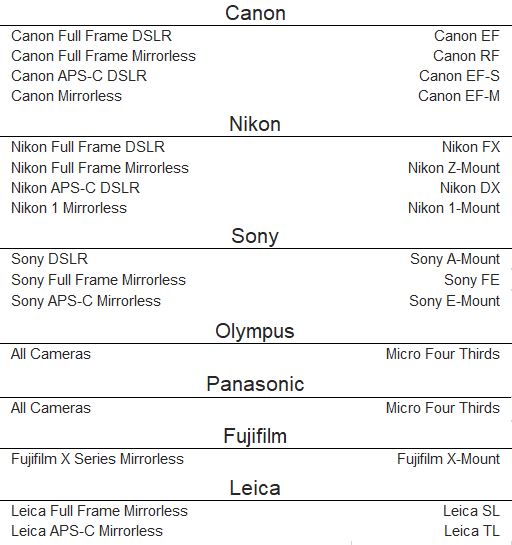
I hope you enjoyed the article and found it useful!
